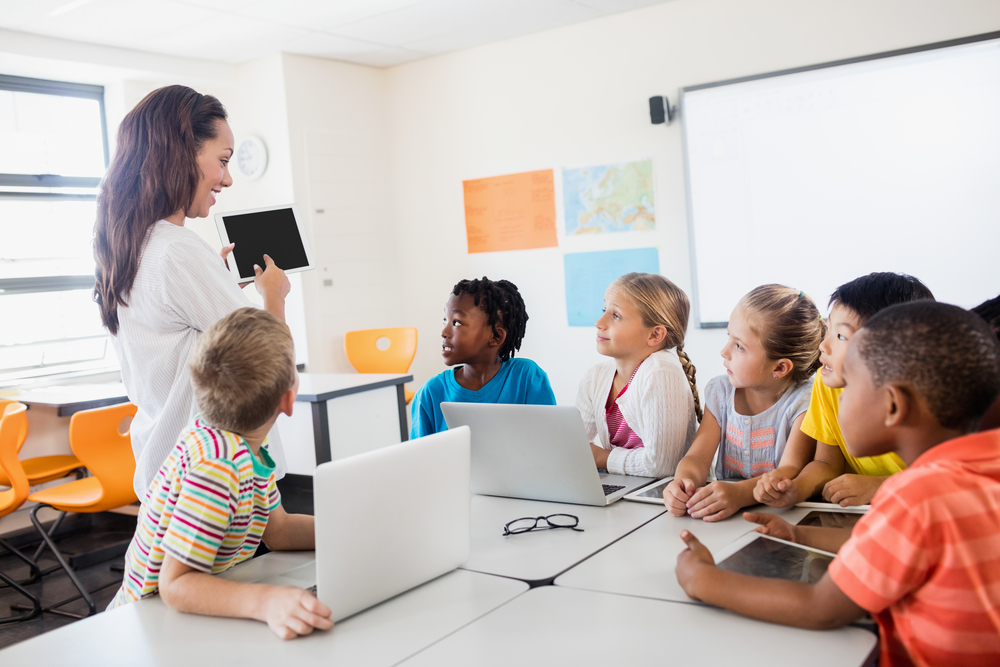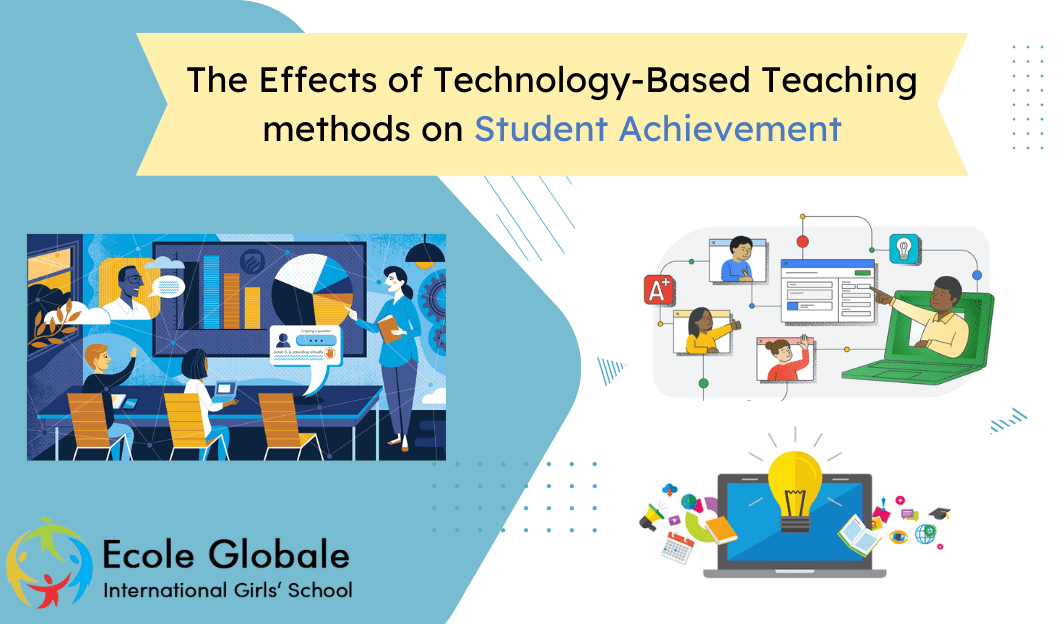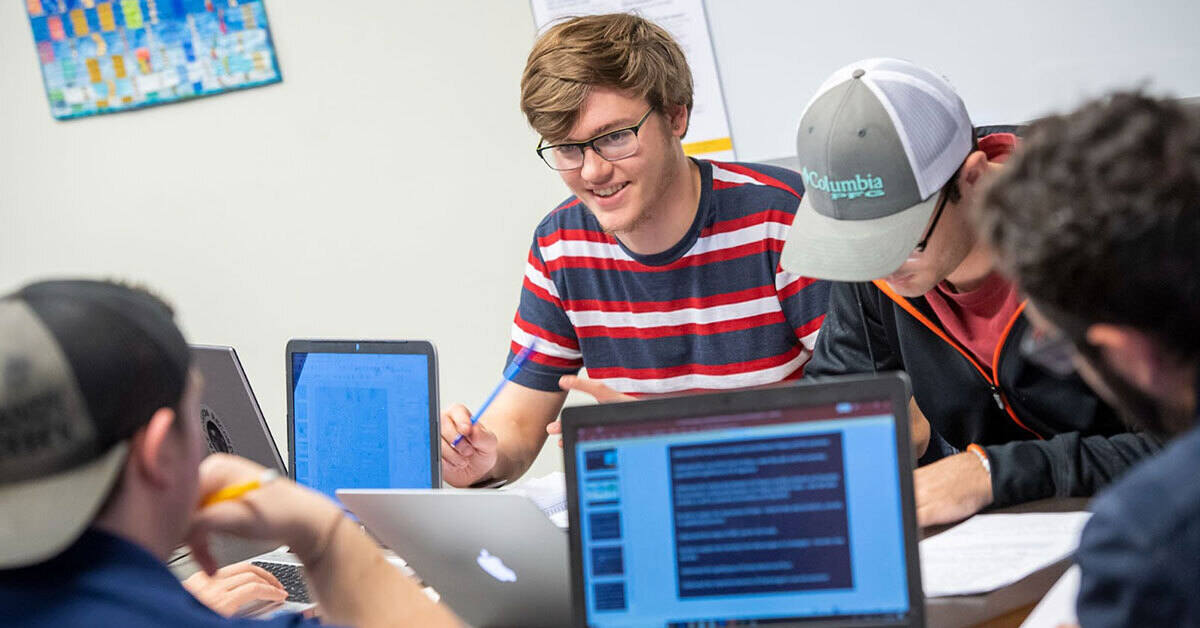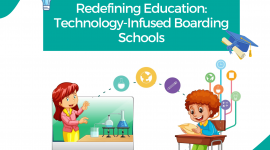The use of technology in education has been a contentious issue for decades. Some educators believe that technology has the potential to revolutionize education. Others believe it will be the downfall of the traditional classroom. While both sides have valid points, there is no denying the impact of technology on how students learn and how teachers teach. This article will examine ways in which technology can positively impact student achievement and how to use it effectively.
Technology-Based Teaching has become an integral part of our lives, so naturally, educators must understand its influence on education. The idea that technology can be used to enhance the teaching and learning process is not new. But it has taken some time for educators to realize its potential.
Advantages of Technology-Based Teaching Methods
The use of technology can enhance student achievement by improving student engagement, motivation, and productivity.
Enhanced engagement and motivation
Students can work independently or collaboratively using online resources such as wikis and blogs, which increases their engagement in learning activities. Teachers can also post online assignments so students have more time to complete them outside class if needed. It allows them to stay focused on their studies without being distracted by social media sites such as Facebook or Instagram.
Technology-Based Teaching can engage students in ways that other teaching methods cannot. It provides a way for them to interact with each other and the content in a way that was impossible before. It also allows them to have fun while learning new things that can help them retain information better than if they were simply being told about it.
Increased access to information and resources
Technology-based teaching methods can also help improve student achievement by providing students with resources. Teachers can create interactive websites that provide students with the opportunity to explore the content in-depth and gain an understanding of how to apply it to real-world situations. Students can also access digital textbooks that include video clips, audio files, and other multimedia features that will help them learn more effectively.
Improved collaboration and teamwork
Another advantage of using Technology-Based Teaching in the classroom is that it allows students to collaborate on projects together. For example, students may be able to communicate with one another via email or instant messenger while working on a project together at different times or locations around campus or even around the world.
Enhanced problem-solving skills
Technology-Based Teaching helps students develop skills they will need as adults to succeed in the modern economy. These include critical thinking, problem-solving, communication, and teamwork. Students who have been taught to use technology are more likely than others to say they enjoy school and believe that their education will help them achieve their goals in life.
Challenges of Technology-based Teaching Methods

As per research conducted by Best CBSE schools in India, The current education system is facing a lot of challenges. The new curriculum and the use of technology in the classroom have raised many questions about the effect of these changes on student learning. Most teachers are using technology as a tool for instruction. But not all of them understand its full potential, especially when it comes to assessment. Technology has changed how teachers teach, interact and assess their students. However, some challenges must be addressed before the full adoption of technology can take place.
Accessibility issues
Technology can be expensive, especially when it comes to computers and other hardware. Many schools do not have enough money to purchase technology devices for every student. In addition, many students do not have access to computers outside of school hours because they cannot afford them or because their parents do not want them to spend all their time online. In some cases, students who need the most help in school are at a disadvantage because they are less likely to have access to technology outside of school hours.
Teacher training and support
Teachers must understand how technology is changing how students learn to adapt their teaching style accordingly. Students today are accustomed to using computers for everything from writing papers to taking notes in class, so teachers must provide this type of experience in their classrooms if they want students to succeed academically.
Teachers must also realize that not every student is technologically literate or comfortable using a computer during class. Some students may need extra help with technology skills before they can be successful at using them in class. Therefore, teachers need to provide support and guidance when necessary.
The Effects of Technology-based Teaching Methods on Student Achievement
Improved test scores and grades
Using computers in the classroom can help students improve test scores and grades. Students learn better when they are engaged in their learning process and technology helps them stay engaged because it provides an interactive environment that students prefer over passive learning methods.
Enhanced critical thinking and creativity
Students learn to think critically and creatively when they interact with digital content that requires them to think outside the box. They are required to analyze information, evaluate ideas and apply them in real-life situations. It enhances their problem-solving skills by helping them make connections between different concepts or ideas.
Better preparation for the future
One reason why technology should be used in classrooms is that it prepares students for what they will face in the real world and start working.
Real-life Examples of Successful Technology-based Teaching Methods
Online learning and virtual classrooms
The following are some examples of successful technology-based teaching methods:
According to the Schools in India, Online learning has been shown to increase student motivation and engagement. It also allows students to learn at their own pace, which is particularly beneficial for those who struggle with traditional learning methods. Online classes may include videos, podcasts, articles, or virtual classrooms where teachers use Skype or Google Hangouts to teach their students remotely.
Virtual classrooms provide an opportunity for students to interact with their peers from all over the world. Students can collaborate on projects that might be difficult for them alone and make friends with others who share similar interests. Virtual classrooms also allow teachers to reach more people than they could otherwise by holding a large number of meetings at once instead of having one-on-one conversations with each student individually.
Gamification of education
Gamification is a digital method of education that turns learning into a game. The goal of this approach is to motivate students to learn by making them enjoy it. This method is useful for all learners because it keeps them engaged and interested in their studies. Gamification can also be used as part of blended learning, which combines both traditional and digital approaches to education.
Integration of technology in traditional classrooms
Many schools are using technology to improve their teaching methods and to provide better learning experiences for students. They do this by using various types of technologies like virtual reality headsets and augmented reality devices that allow them to create realistic simulations for students so that they can learn better from those simulations than from real-life experiences.
Project-based learning
Students work in groups to complete a specific task or project. Projects can be designed to teach specific skills and foster creativity, critical thinking, and communication skills.
Conclusion
There have been several studies done on the effects of technology on teaching methods, with mixed results. Some studies have found that students’ performances are on par with those taught using more traditional methods. There have been other studies that show that students who learn using technology achieve better test scores compared to their peers. Education as a whole is advancing because of the widespread use of technology in daily classroom activities. Who knows what the future will be like, but right now it is only getting brighter for students all over the world.
For any queries related to parenting, schooling, or any student-related tips, click here to check out our latest blogs.










